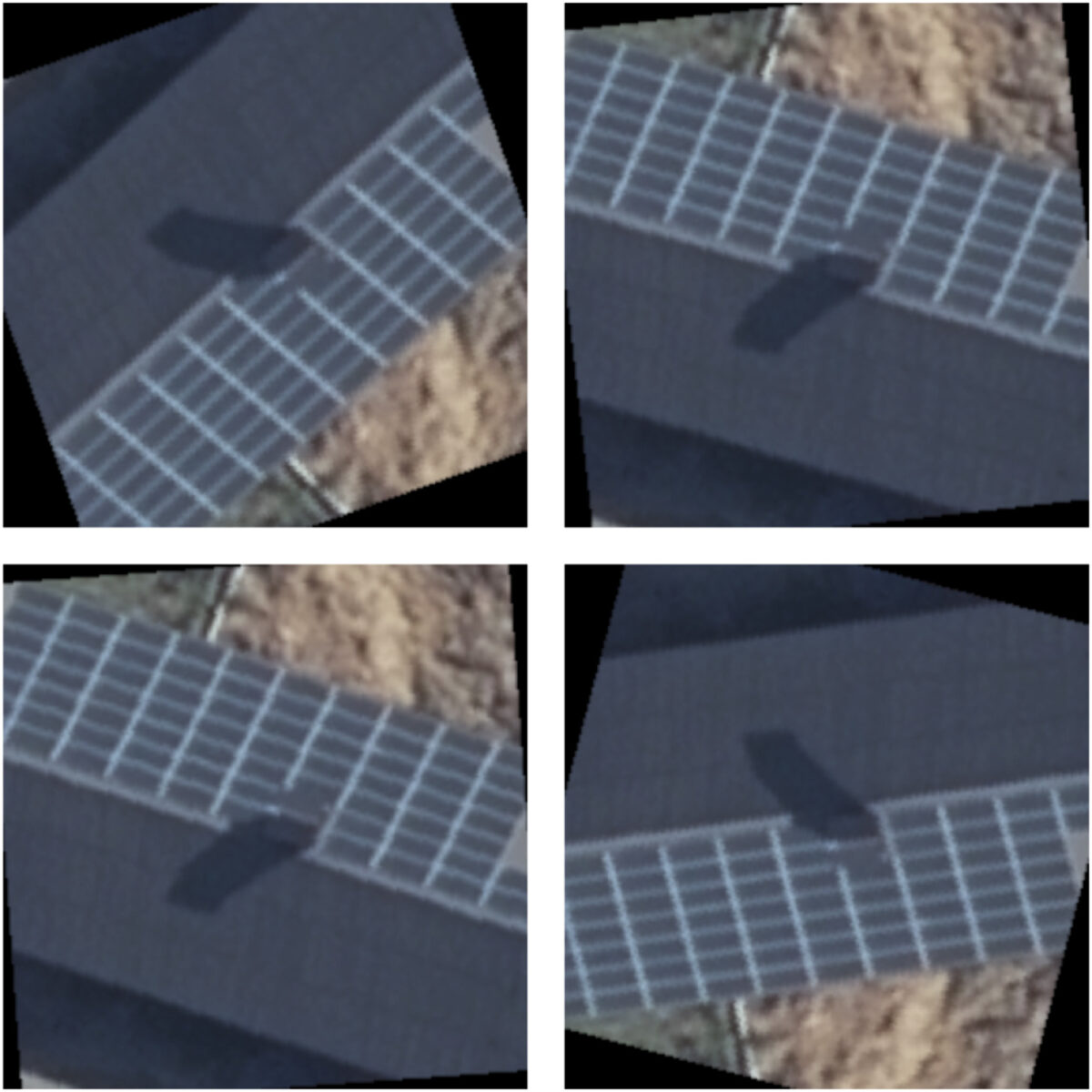Swedish scientists have created a new automated model that they claim offers “superior performance” in identifying small, decentralized solar systems from aerial images. Such an automated system is said to be a useful tool to assist many stakeholders in the PV industry, as it can supply policymakers, authorities, and financial evaluators with accurate data.
The novel method utilizes deep learning and image processing techniques to detect solar thermal and photovoltaic systems, and according to its authors, a follow-up study might even enhance the model to differentiate between the PV and solar thermal technologies. “This is a challenging task as the two technologies share similar texture and color appearance,” the article explains. “However, we believe that with the right modifications and improvements, it can be effectively adapted for multi-class segmentation of solar energy systems.”
In the study “Identifying small decentralized solar systems in aerial images using deep learning,” published in Solar Energy, the academics explained that they used a U-net architecture of convolutional neural networks (CNN), a convolutional network method for fast and precise segmentation of images, explaining that the key strength of this technique is that it requires a smaller number of input data and lower hardware usage compared to other approaches.
“The utilization of the U-net model for solar energy systems detection provides a data-driven and automated solution with enhanced complexity, enabling precise detection,” it added. “Its accurate segmentation and identification of solar energy systems from aerial images hold substantial practical value, facilitating efficient assessment of panel performance, maintenance requirements, and energy production estimation.”
Popular content
The new model was trained and tested on two databases – one from Germany and another one from Sweden – and a mixture of the two was used for higher generalization of its abilities. When compared to other CNN architectures, the researchers said, the U-Net model stood out, especially in image segmentation tasks.
pv magazine print edition
In the latest, “In Conversation” issue of pv magazine we talk to a range of people about their experience with solar, from a sailor and a pair of overland adventurers to a mountain climber and more besides. We also focus on Africa to consider why a continent with such vast solar resource still lags more developed economies when it comes to widespread PV and energy storage rollout.
Also according to the research, the U-net model can be trained on aerial images with a resolution of 128 x 128 pixels, and achieve accuracy that is not significantly poorer than it does with a higher 256 x 256 pixel resolution. Its ability to use lower resolution, in turn, results in lower computer hardware usage.
“This study has proven that a U-net model can assess the area of solar energy systems in aerial imagery with high accuracy,” the article concluded. “However, the tilt of the modules is also needed for a correct area estimation. Calculating the tilt can be done either from 3D building data or high/low-resolution LiDAR data. Combining the latter with the method of this study is the planned next step.”
This content is protected by copyright and may not be reused. If you want to cooperate with us and would like to reuse some of our content, please contact: editors@pv-magazine.com.


Local municipalities already employ semi-annual areal surveys with image post pressing to automatically flag new structures built on a property (garages, additions, pools etc) in countries that require permitting. I see this trickling down and bring used to discover unpermitted PV systems as well, unfortunately.